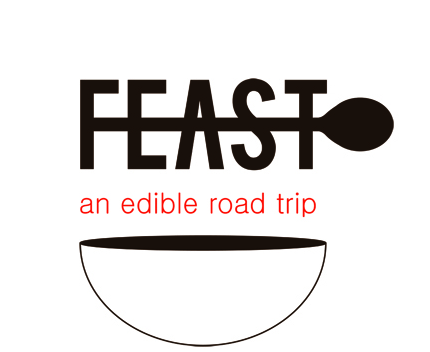The Planting (and Eating) Life
“What, tell me WHAT, could be more Canadian than tree planting?” This is a question my Israeli-born friend Michal has asked me many times, and she’s right. Tree planting does seem very Canadian; it’s all wilderness, bears, excruciatingly hard work, and people wearing plaid and drinking beers.
Even with all the new technology in the world, it is a profession that remains strongly in demand, since trees must still be planted by hand. While most of Canada’s urban population probably has no idea what tree planting looks like, to the outside world it is quintessentially Canadian.
And what of its connection to Canadian food? Well, for four summers I worked as a tree planting camp cook in northern BC (Prince George, Chetwynd, and Tumbler Ridge), so I know very well that for tree planters, food is the most important thing in the entire world.
They can deal with bugs. They can deal with slash. They can deal with bears sidling up next to them on the block. But take away a planter's hot evening meal, and he or she will be devastated.
Camp food is what motivates them, what fuels them, what they make bets over, and what they talk about on the way to and from the block. They talk about food (almost) more than the food writers I know, but best of all, planters hugely appreciate the person who makes them their food. I never have, nor will I ever again feel so much love for doing a job.
It was also one of the hardest I’ve ever had; each day I woke up around 4am (a chilly hour during May in northern BC), and had a hot breakfast ready by 6am. If they were flying into their blocks by helicopter, it would be ready by 5am. As the planters climbed into their trucks, coffee mugs clutched in hand, I’d begin a literal race against time to get dinner prepared. If I could get all the prep done by 2pm or 3pm, I’d take a break. If I wasn’t fast enough, I was looking at a 14-16 hour day.
The days were long, but they flew by because I enjoyed what I was doing. The first year, I was baker; I made enormous pies, dozens of cakes, thousands of cookies, and loaf after loaf of chocolate chip-filled banana bread. In my last three years I took over cooking, which was more work and pressure, but also much more variety. Working out of a converted semi-trailer kitchen, I spent my days making comfort foods like lasagna, shepherd’s pie, perogies and garlic sausage, beef stew, baked chicken, pulled pork, fresh bread, biscuits, salads, soups, and more. Because planters eat twice as much as non-planters, the portions were enormous, and I became used to adding 20 cloves of garlic to a dish, or a dozen onions. After camp, everything seemed miniature to me.
Each summer, a supervisor named Joel Gorrie would organize "The Glacier Rapids Annual Festival of Fine Wine and Poetry," which to everyone was fondly known as 'wine fest.' It began as a way for planters to get together and taste different wines, and grew into a much-anticipated celebration with a table full of wine, food, and poems, stories and music late into the night. My last summer there, our camp flooded, so Joel moved the party inside an empty semi-trailer, and strung tealights from sticks wedged between the walls. It was a crowded, beautiful, song-filled night, and I will forever be in awe of planters' resourcefulness.
Today, a huge part of my social circle involves the people I met at camp - they're the reason I met Dana! The planters I cooked for are scattered all over the country, and on this road trip I’ll be seeing many of them.
So, while Shepherds Pie may seem very English, and Lasagna may seem oh so Italian, in the context of camp these dishes couldn’t be more Canadian. Thanks to all the planters whose love of food brought me back each year, and who truly appreciated an outfit with four distinctly clashing patterns.
-LA
Interested in learning more? Charlotte Gill has written a phenomenal book called Eating Dirt, which chronicles the lives of career planters. And here's a tunes by some of the guys I cooked for!




















